The first time I’d heard of gentrification was in a lecture at university. A few slides in, the word “McDonaldsization” lit up the lecture theatre in red and yellow, and the room giggled. We wondered if our professor had made the word up, until he explained. And then it all made sense…
“McDonaldsization is a social process that produces mind-numbing sameness, prioritising quantity over quality.”
The next slide: globalisation.
SPAIN’S FIRST McDONALD’S
The first McDonald’s opened here in 1981, replacing an old jeweller’s on Gran Vía. Many predicted that this gran hamburguesería would be the beginning of the end of Madrid as we knew it.
In the decades that followed, Spain would continue welcoming globalisation – after nearly four decades of dictatorial repression, the country seemed keen to catch up with its European neighbours. It did so, however, while fiercely maintaining its national pride and cultural identity – as we can very much feel today. But the latest and most aggressive wave of gentrification is testing how much Spain truly values what it claims to treasure.
THE DEATH OF THE SPANISH BAR …
If you’ve been reading my Madrid No Frills blog for a while, you’ll know that no-frills bars are one of the pillars of the blog – and my campaign to save them is ongoing. Over the three years that I’ve been pushing the no-frills cause, however, many of the bars that I’ve documented have closed. Every month, bars close due to the death, retirement or eviction of their owners, and closure brings an end to the affordable rents they were paying.
READ MORE:
- Meet the woman sharing her passion for Madrid's forgotten corners
- IN PICS: How one British woman revived Spain's love for its own no-frills bars
The no-frills Bar Lozano before it closed last year…

With no law to regulate how high landlords set the price of their properties, a new no-frills bar most likely won’t be able to afford the newly vacant unit. The businesses that can, however, are those prepared to charge triple for a coffee, and the only way they can justify such prices is if the coffee is cool – something you can’t get in just any old Madrid bar. From serving cold-brewed coffee to organic matcha tea, these new “cool” businesses are just trying to keep up with the pace that Spain has set from much higher up the chain, and it’s getting harder and faster by the month.
… AND THE INVASION OF THE SQUARE PLATE
Bar Lozano closed, and now a frills café/restaurant called L’Orangerie has opened in its place…

UNDERSTANDING SPAIN’S PROPERTY INDUSTRY
A home is no longer a “home”; it’s a “property”. Worse yet, an “investment opportunity”. This capitalist dialect is spoken only by those with purchasing power, leaving those who don’t trapped in an unstable rental market. But it wasn’t always this way.
In 1995, many of Spain’s renters were granted a 20-year rent freeze in order to establish their businesses and communities. On 1 January 2015, the “Urban Lease Law” came to an end, releasing Spain’s property industry from its supposed shackles of regulation. Tenants, who had been paying a fraction of market rates, now faced a three- to four-fold rent increase, or having their homes taken off them and thrown back onto the rental market. The latter kick-started Spain’s daily phenomenon of evictions.
Deregulation lubricates the economy.
… says the free market. Yet all I see on the streets of Spain is the rich getting richer off the backs of the poor – who are getting poorer. One poignant example where this shift is playing out is Lavapiés.
THE END OF LAVAPIÉS AS WE KNOW IT
When I first moved to Lavapiés six years ago, I was enchanted with the barrio’s sloping streets, no-frills bars and diners popular with local migrant communities. The bright blue skies framed by candy-coloured facades were covered in flowers and succulents tumbling from narrow balconies. Today, those same balconies are obscured by banners fighting looming evictions.

Spain’s property industry is now fertile ground for investors, both local and international, with disruptive property platforms such as Airbnb oiling the gears of the gentrification machine.
THE PROBLEM WITH AIRBNB
Platforms such as Airbnb have latched on to Spain’s laissez-faire property industry. Last year, in Lavapiés alone, there were 2,177 apartments listed on Airbnb. That’s 10% of homes in the neighbourhood. But even with new regulations restricting hosts to 90 days per year, many of these properties remain primarily for tourist use and are therefore empty the rest of the time.
Apparently, tourists are still more lucrative – an argument that revolves solely around money. This means that for 365 days per year, 2,177 Lavapiés apartments are off limits to locals.
Scrolling through Airbnb properties to see which homes have been taken from locals was heartbreaking. There are so many charming Madrid homes that have had their walls stripped back to the brick and where the whole place looks like an IKEA showroom. Below is an example of a property no longer for a local. The name of the apartment is most likely based on Time Out‘s recent article – the one that crowned Lavapiés/Embajadores the coolest neighbourhood in the world.

Here’s an excerpt from my reaction to that Time Out article, which I wrote for The Local:
The side [of Lavapiés] seen by many visitors to the neighbourhood – the one Time Out often writes about – doesn’t tell the whole story. Look a little closer and you’ll see a neighbourhood struggling to survive as an almost direct result of those ‘cool’ new arrivals. That’s not cool at all. But read between the lines and you’ll see a community rising up and thriving in the face of racism, poverty, displacement and gentrification. That’s cool.
THE FIGHTBACK
Spain’s tenants are fighting back, and with some success. In addition to restricting Airbnb lets to 90 days per year, the town hall recently announced a plan to outlaw 95% of illegal tourist apartments in Madrid City. Perhaps our pleas are being listened to after all!
But, then, why do we still see launderettes popping up everywhere to serve bulk 24-hour turnarounds, more suited to hotels than residents, most of whom have their own washing machine? And why do there still seem to be more and more tourists rolling their suitcases up and down the streets of Lavapiés?
A CENTURY OF TOURISM TO SPAIN
The Visit Spain tourism campaign kicked off in the 1920s with a range of smartly designed posters in various European languages (source: El País).








Tourism has been one of Spain’s biggest, most lucrative industries for decades and is showing no signs of waning, even when the side effects of tourism are destroying the lives of many local people. But with elected representatives doing little to help, the feeling on the streets is that locals are turning against one of the country’s worst-perceived nuisances: tourists.

Ironically, there are no tourists in this photo (nor any people at all (it’s August)), but anti-tourist sentiment is growing, and graffiti saying “Tourists Go Home” can be found sprayed across walls all over Madrid.
SPANISH TOURISTS
Let’s not forget how many local tourists also use Airbnb. A large number of Airbnb tourists in Spain are Spanish. According to Airbnb, around 2.5 million Spanish tourists will use Airbnb accommodation in Spain this summer, and many Airbnb hosts in Spain will be locals. It’s not just foreign tourists feeding the Airbnb beast; it’s local people too, many of whom are also victims of the disruptive platform.
But we have to be realistic: after more than half a century of kitsch, government-run tourism campaigns, the tourists aren’t going anywhere and the country doesn’t seem to want them to either. Tourism is a vital industry for Spain as we know it – that won’t change for a long while yet. But one thing that can change is government policy, because not only has the government been ineffective on this issue for a long time, but it may well be complicit.
IS THE GOVERNMENT IN FACT PRO-GENTRIFICATION?
Left-wing political party Podemos is constantly pushing the governing centre-left PSOE to implement rent controls, and while the government accepts that this needs to be addressed, nothing is being done. In the meantime, more and more investors are free to buy up people’s homes, with courts granting permission for investors to evict tenants. It’s then the state’s own forces that physically evict tenants who can’t afford the punitive new rents, and these tenants are typically marginalised as a result of income, age, employment status or ethnicity.
This is Rosa (below), who was thrown out of her Lavapiés home earlier this year because she couldn’t afford her rent increase from €400 to €1,700 a month.
 Photo © Olmo Calvo / Madrid No Frills
Photo © Olmo Calvo / Madrid No Frills
The city council is allowing blocks of flats just like Rosa’s to be turned into hotels, and individual apartments to be turned into holiday lets. Fewer homes are now on the market, exacerbating the demand for those that remain and driving rents up faster than inflation and wage increases. And all this time, the government is neither addressing ballooning rental markets nor raising the minimum wage to keep pace with the cost of living.
And it seems no accident that Lavapiés’ €250k “renaturalisation” project (more pedestrian areas and trees) coincides with the opening of a huge Ibis hotel on Plaza de Lavapiés and a McDonald’s at La Latina metro. This is gentrification in action, and the government is complicit in the social cleansing of our neighbourhoods.
Spain doesn’t want another McDonald’s; we want a home that we can call “home”!
ARE YOU AFFECTED OR MOVED BY THESE ISSUES? THEN GET INVOLVED:
- Follow eviction notices and find out when they’re happening here.
- Attend an eviction. When you’re there, either get involved in trying to stop it, or if you don’t feel comfortable with that, then take some photos and share them on social media so that more people can become aware of what’s happening.
-
Join your local pressure groups or associations for evictions, neighbourhood issues and anything you can find. Here are just a few:
- Union of Madrid tenants: @InquilinatoMad
- Madrid Centro anti-evictions group: @PAHCentroMadrid
- Lavapiés anti-gentrification group: @LavapiesDondeVa
- Madrid-wide anti-evictions group: @AlertaDesahucio
- Tetuán anti-gentrification group: @TetuanResiste
- Useful hashtags: #barriosenlucha #bloquesenlucha #argumosa11
- Go to organised protests whenever they’re on. I’ll try keep you posted.
- Talk to your friends, family, colleagues and students about gentrification, irresponsible tourism and the various issues surrounding it.
- Tweet Pedro Sánchez @sanchezcastejon and any other politicians you can track down.
- Be conscious about where you spend your money: keep it local.
- If you’re a tourist, don’t stay in an Airbnb – find a licensed hotel, hostel, guesthouse or bed & breakfast.
- Contact journalists and share your stories with them. They have a platform and you can stand on it too.
- Contact me, Leah, and tell me your stories ([email protected]).
- And, finally: share, share, share!
Leah Pattem is the founder of Madrid No Frills, a blog that celebrates those overlooked corners of Madrid untouched by the gentrification and modernization that has transformed the city in recent decades.
To discover stories that reveal the grittier, real side of Spain's capital, follow her adventures on Facebook and Instagram and support her through her Patreon page.
READ MORE: 'Madrid is a humble city of overlooked treasures and untold stories'


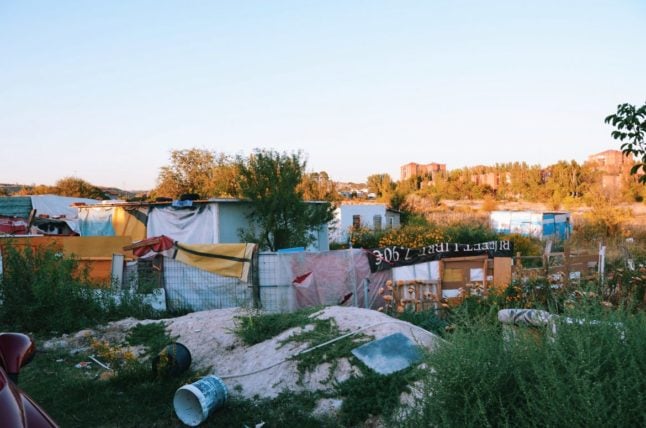
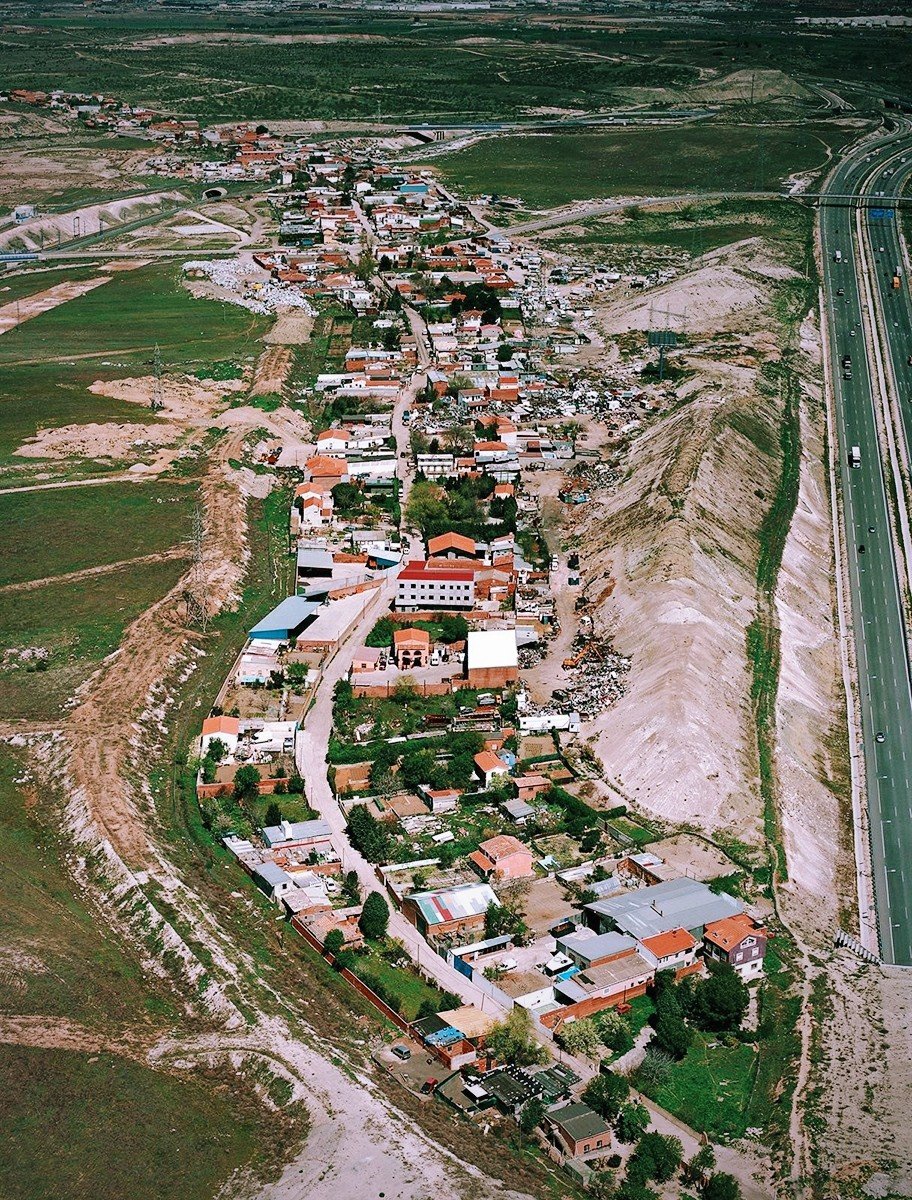
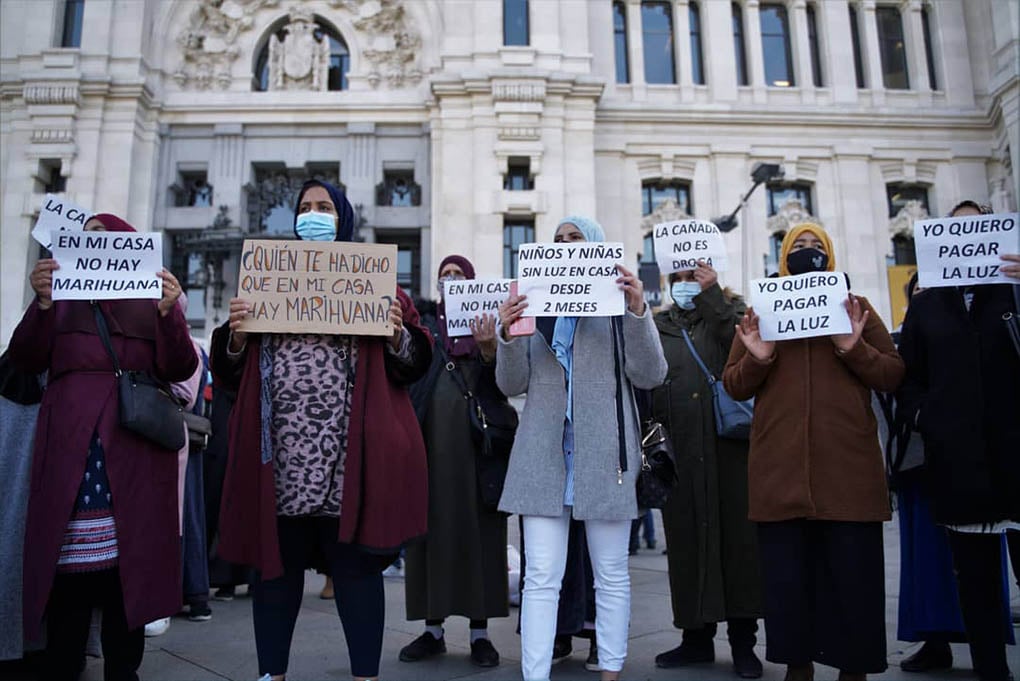
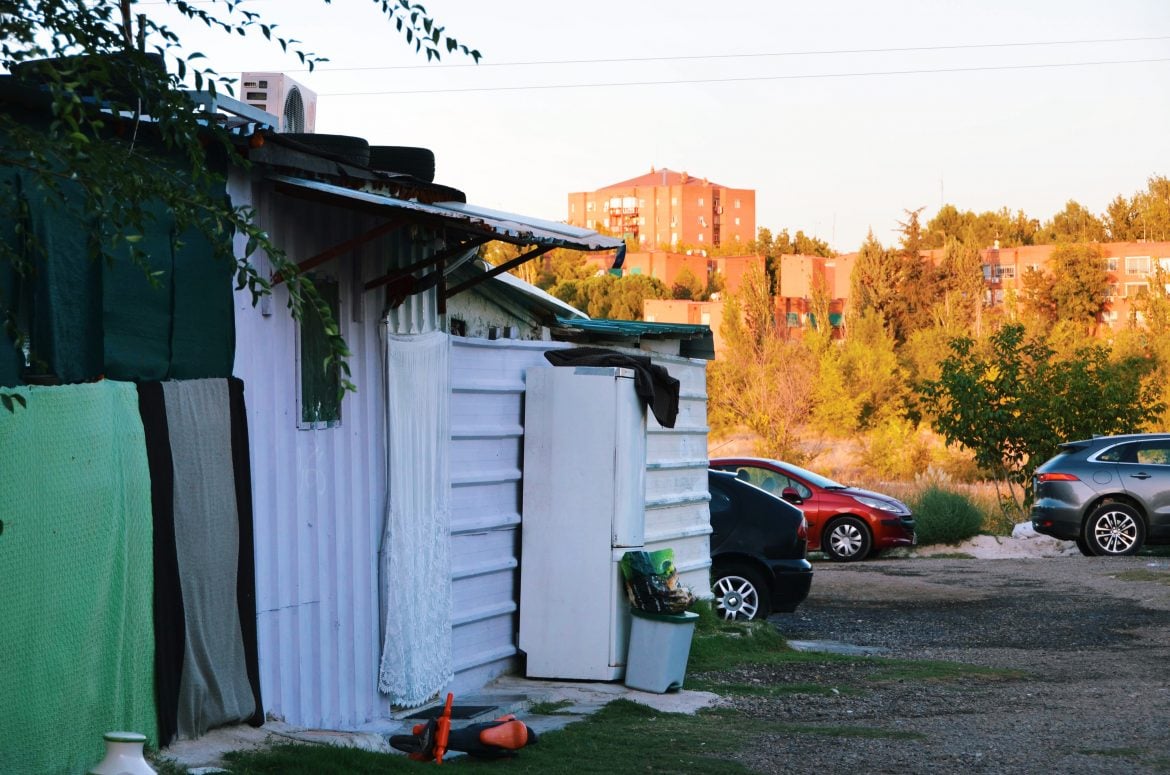
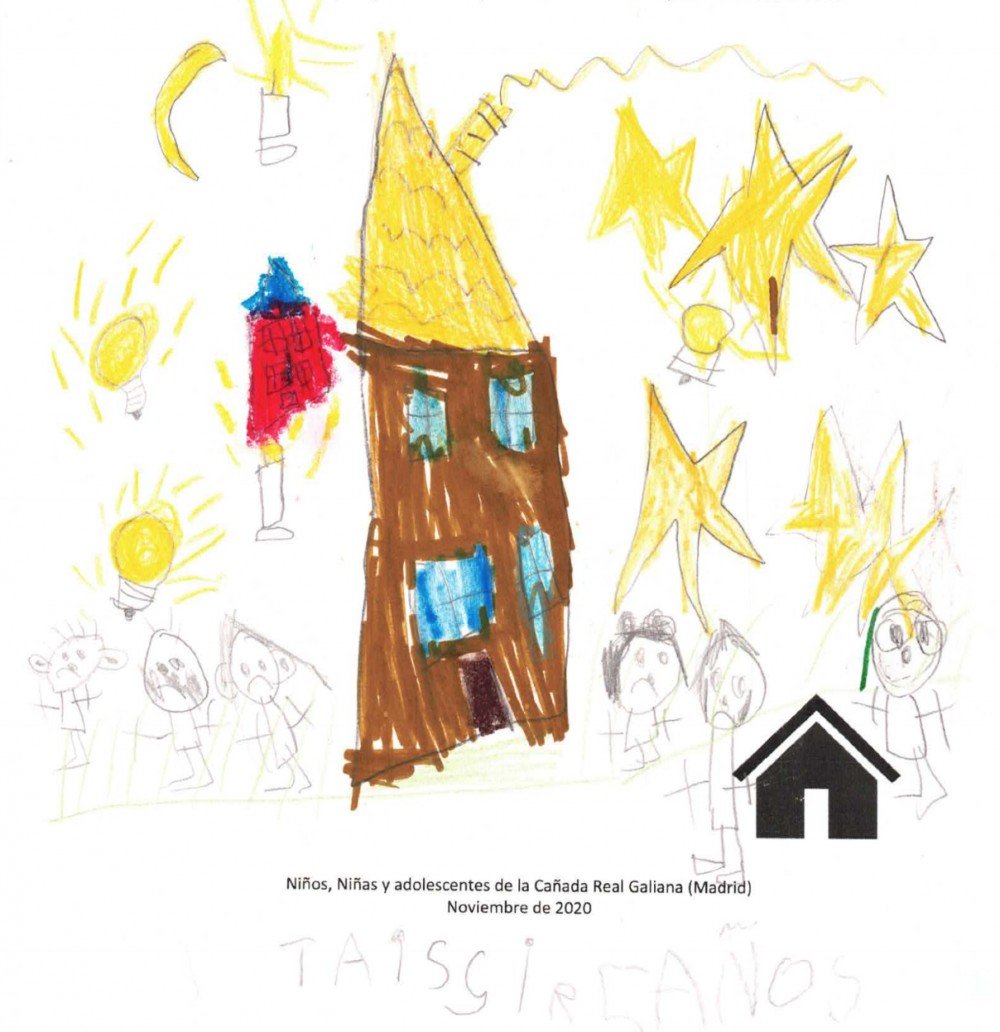
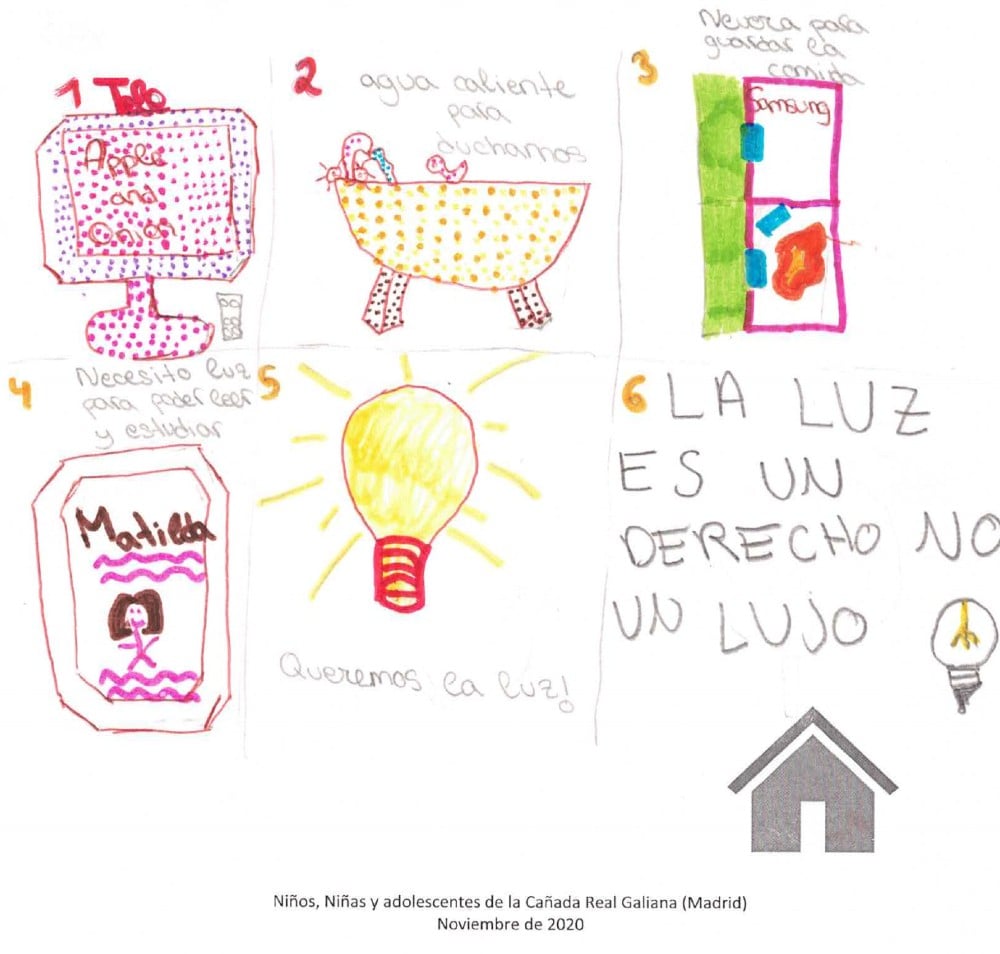
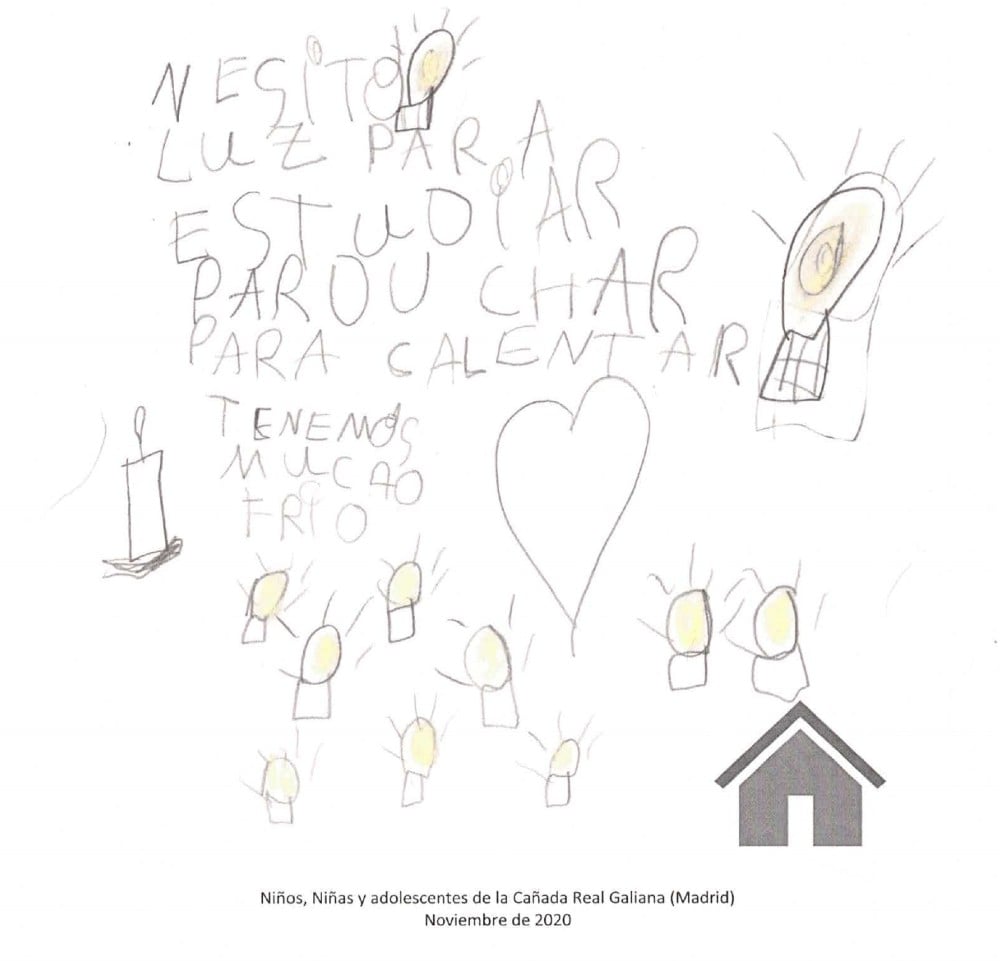

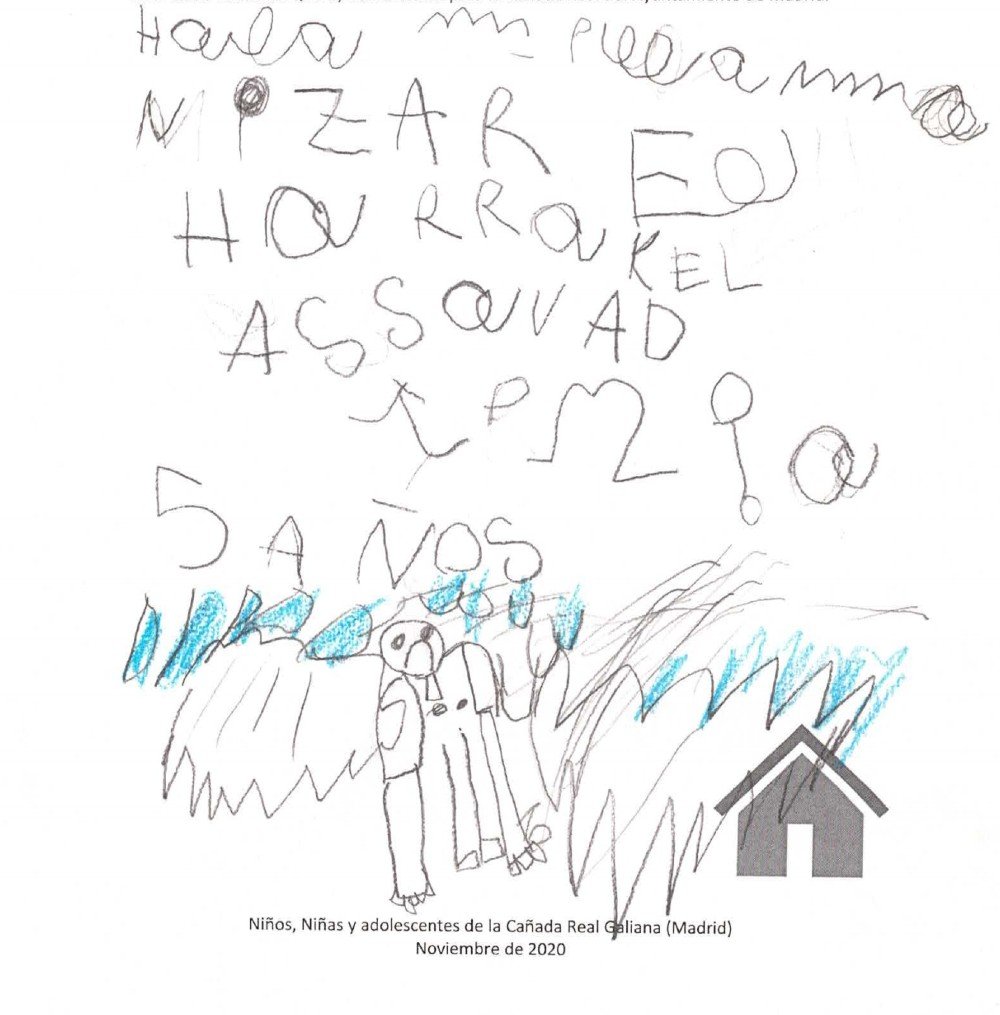
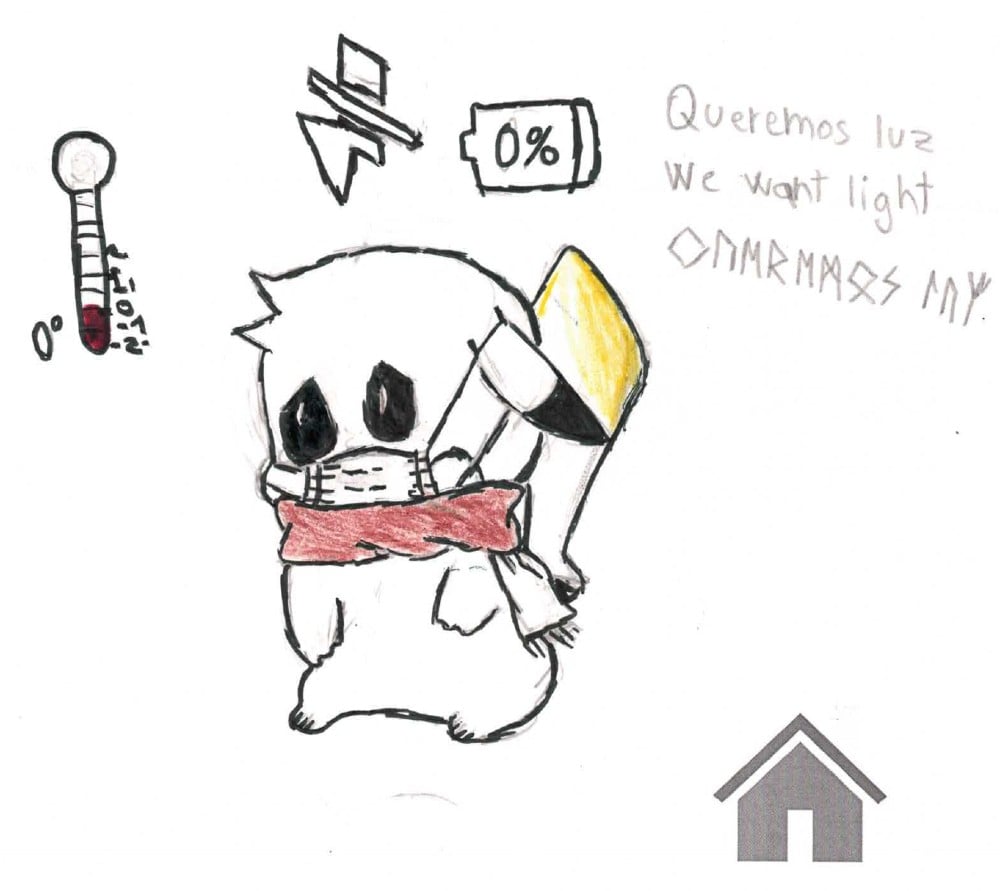
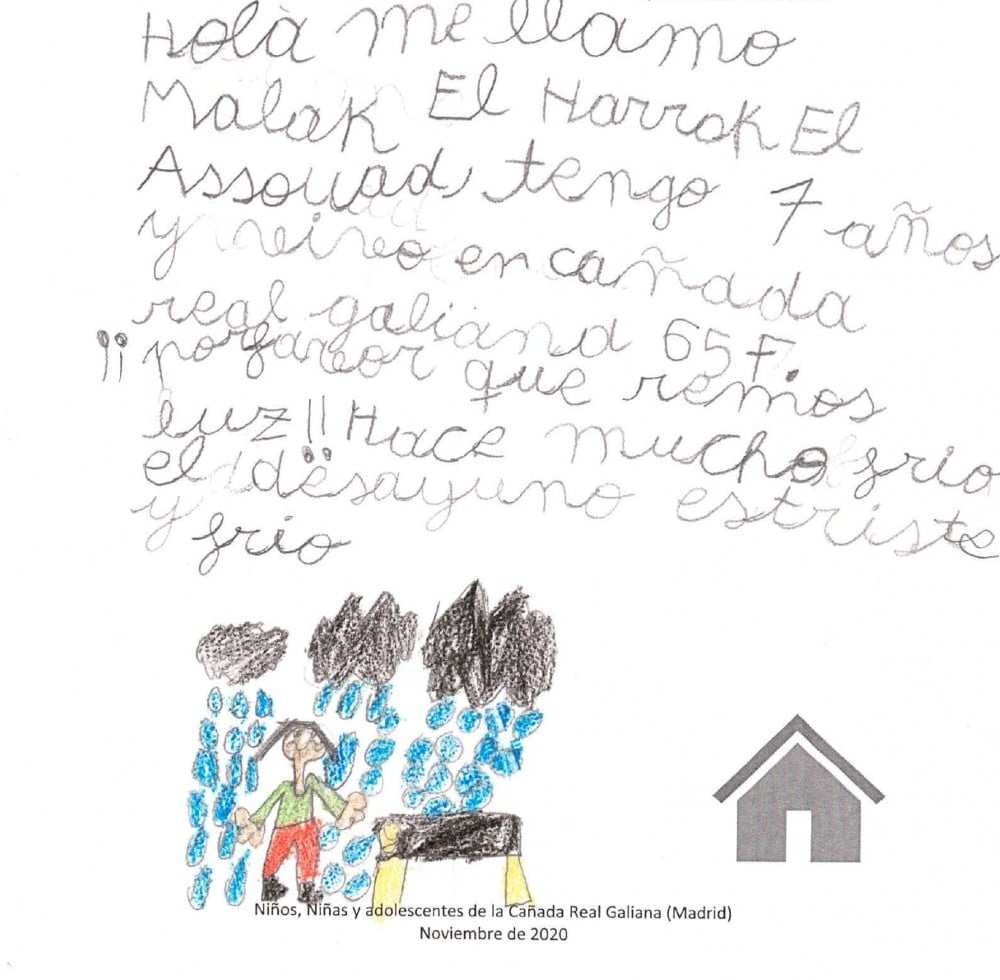
 Please whitelist us to continue reading.
Please whitelist us to continue reading.
Member comments